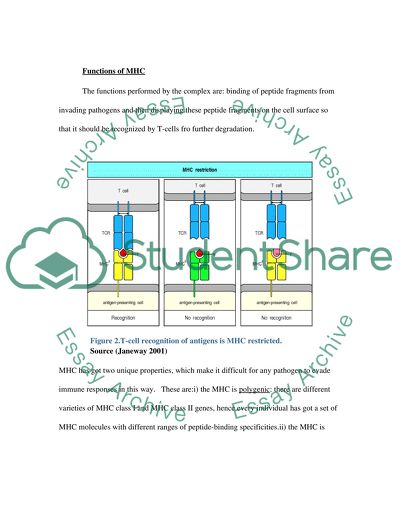Cite this document
(“Structure of The Major Histocompatibiltiy Complex (MHC) Essay”, n.d.)
Structure of The Major Histocompatibiltiy Complex (MHC) Essay. Retrieved from https://studentshare.org/miscellaneous/1500218-structure-of-the-major-histocompatibiltiy-complex-mhc
Structure of The Major Histocompatibiltiy Complex (MHC) Essay. Retrieved from https://studentshare.org/miscellaneous/1500218-structure-of-the-major-histocompatibiltiy-complex-mhc
(Structure of The Major Histocompatibiltiy Complex (MHC) Essay)
Structure of The Major Histocompatibiltiy Complex (MHC) Essay. https://studentshare.org/miscellaneous/1500218-structure-of-the-major-histocompatibiltiy-complex-mhc.
Structure of The Major Histocompatibiltiy Complex (MHC) Essay. https://studentshare.org/miscellaneous/1500218-structure-of-the-major-histocompatibiltiy-complex-mhc.
“Structure of The Major Histocompatibiltiy Complex (MHC) Essay”, n.d. https://studentshare.org/miscellaneous/1500218-structure-of-the-major-histocompatibiltiy-complex-mhc.


